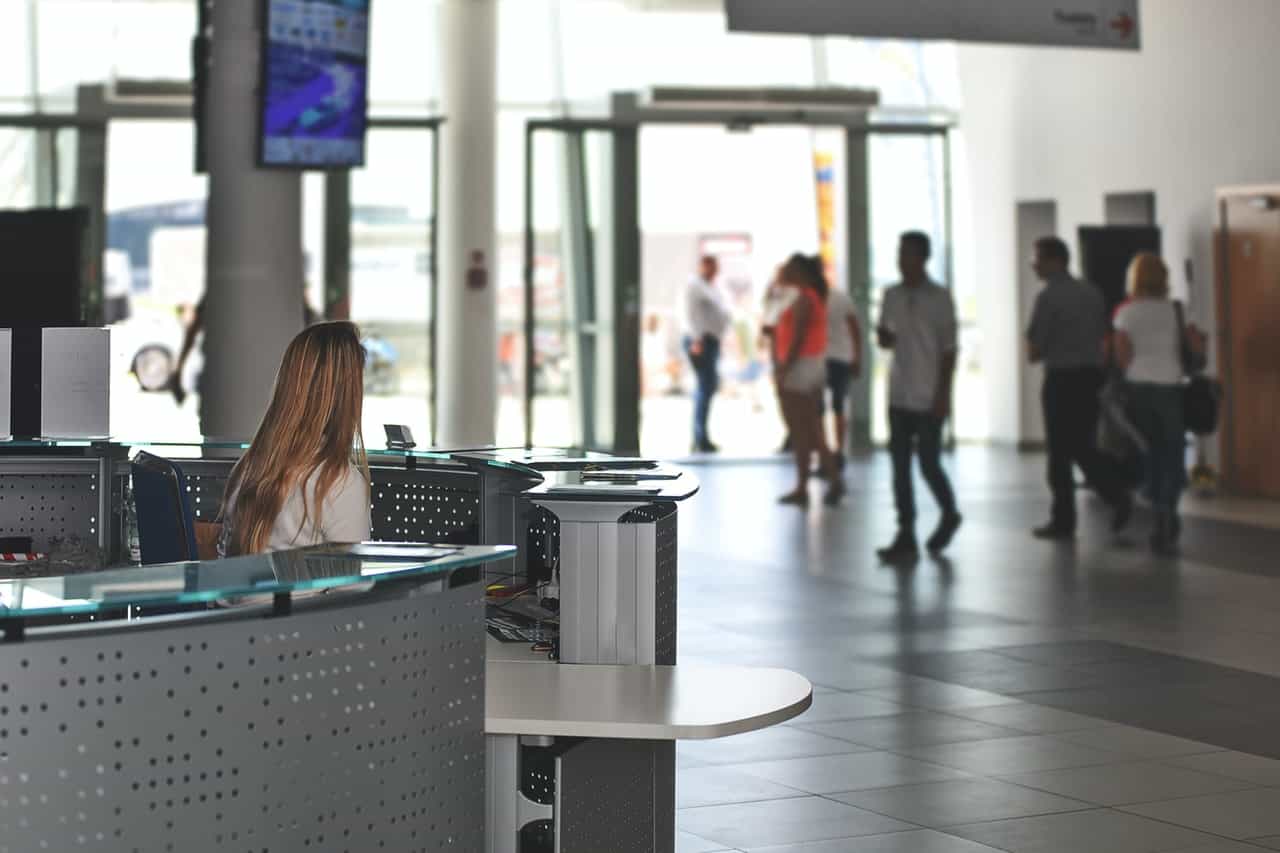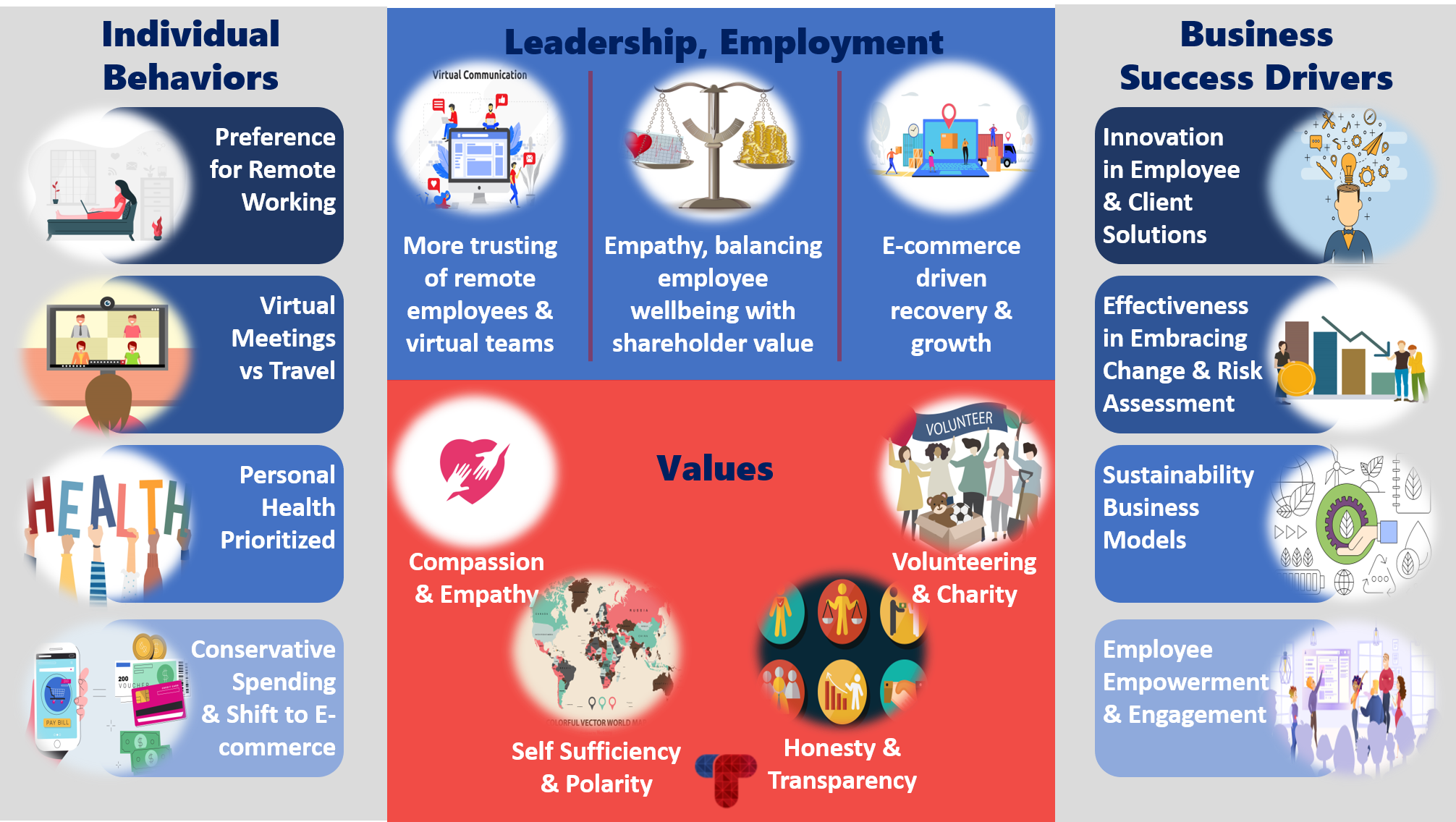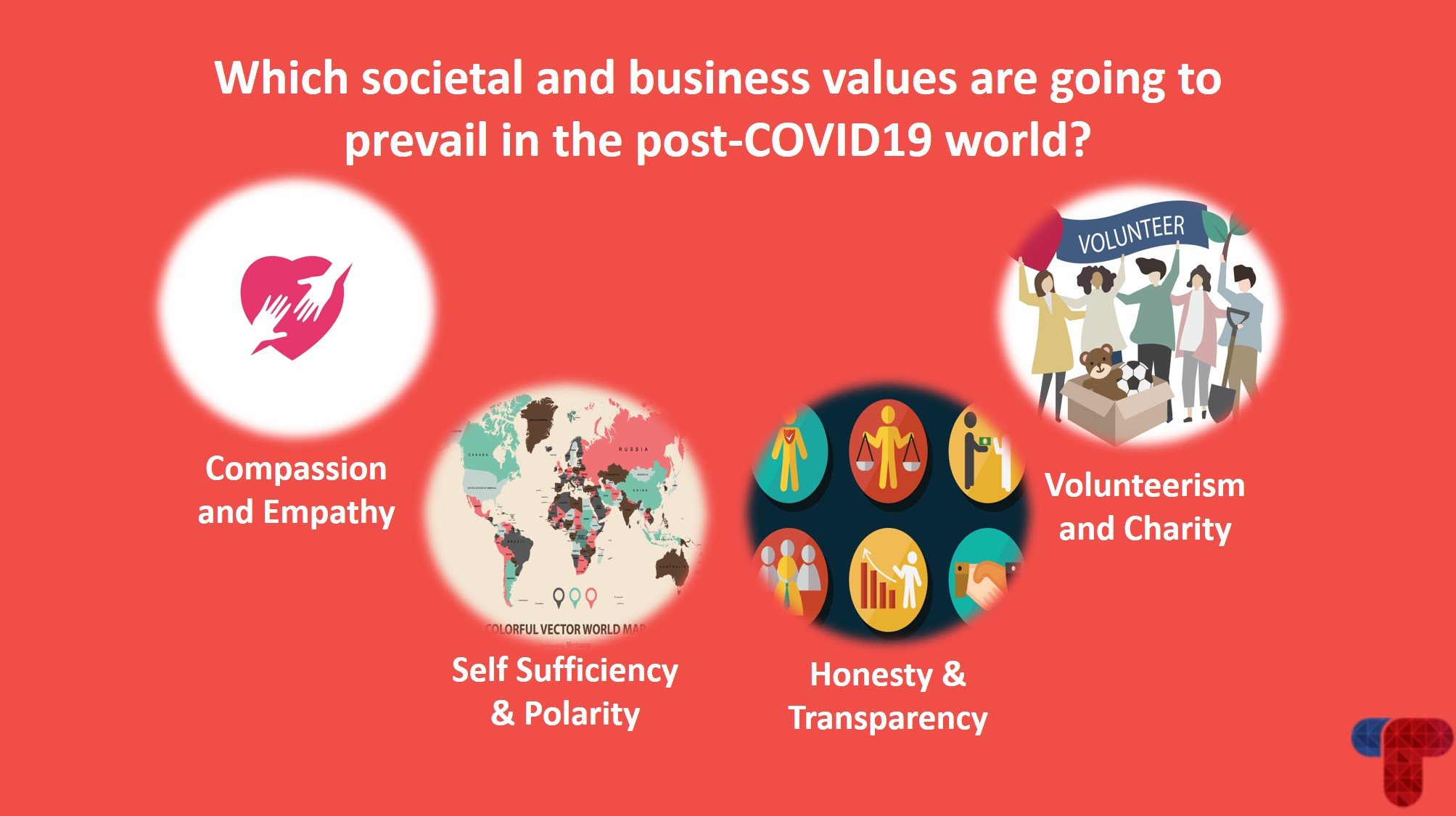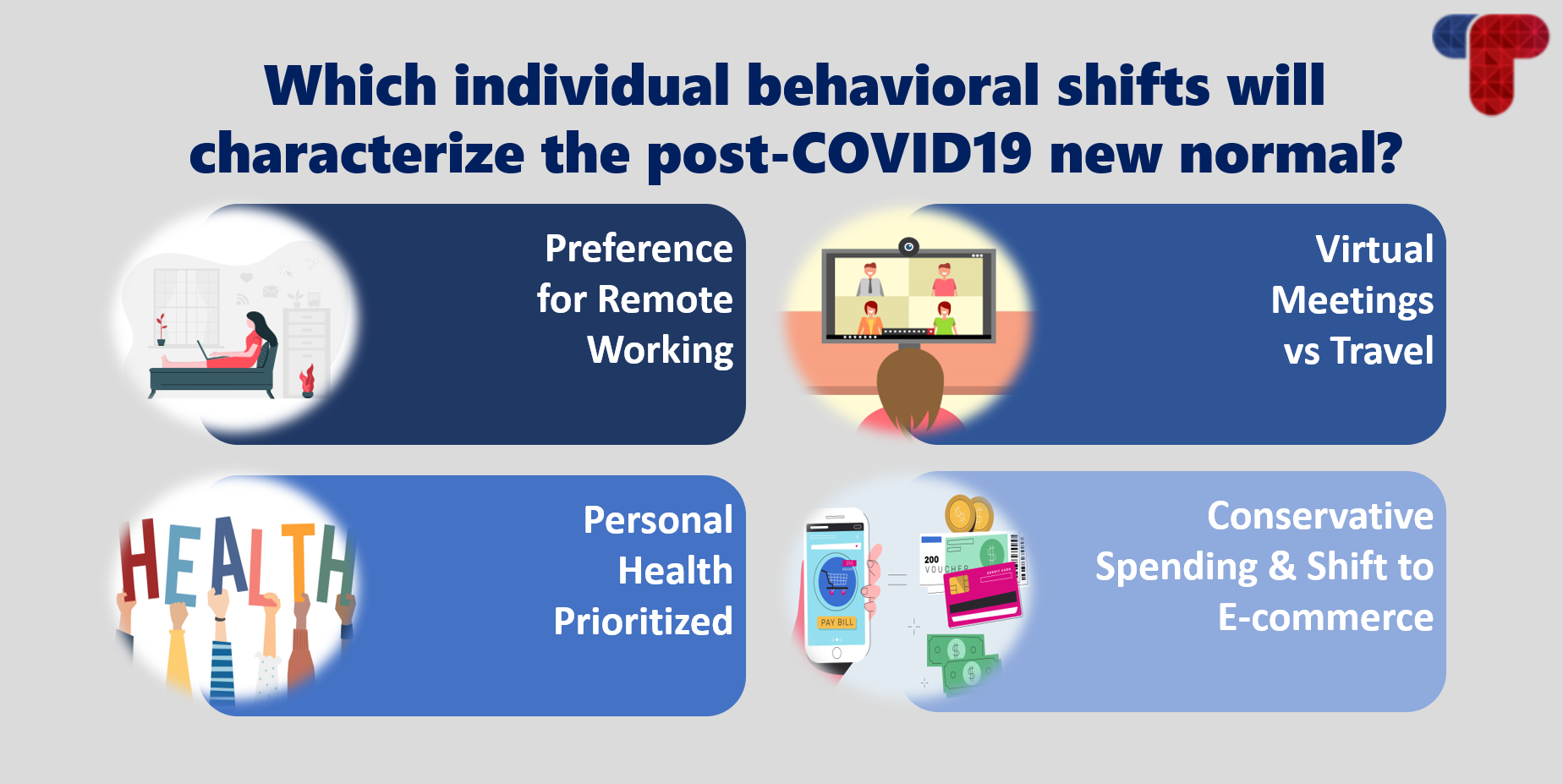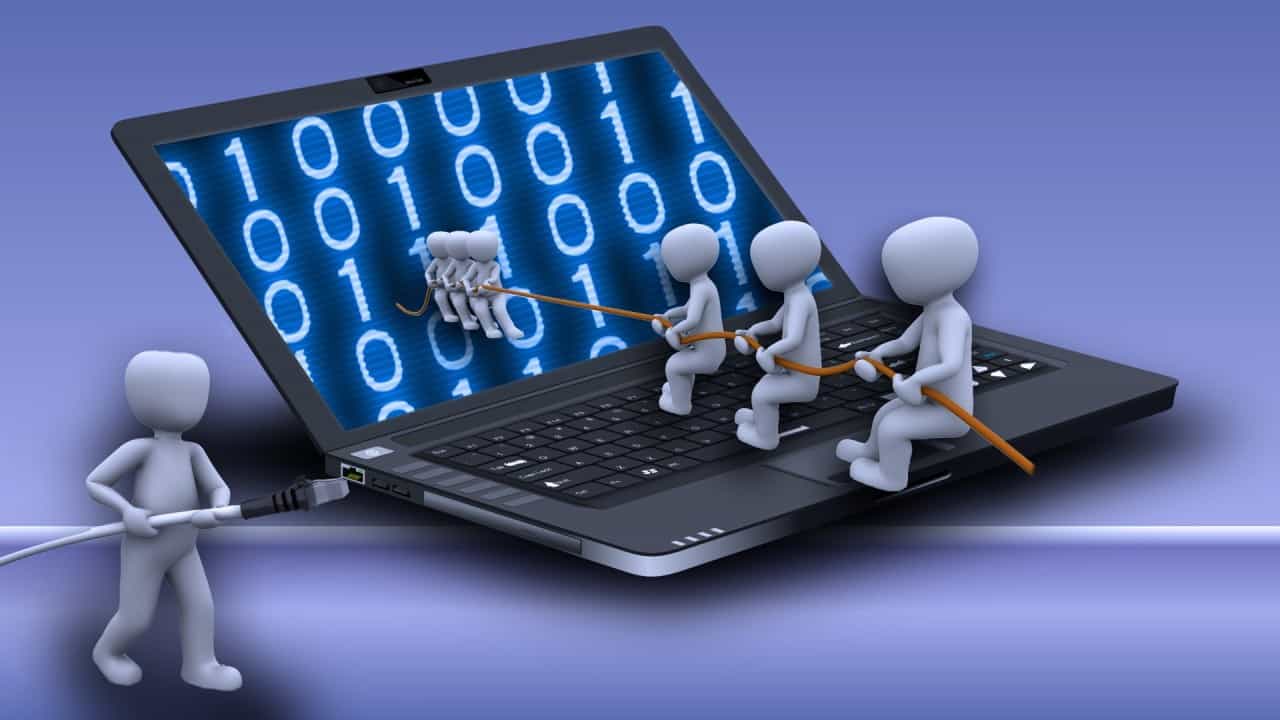Leaders: Hedge your Motivation Position Now!
The Great Resignation, Silent Quitting, Disengaged Employees- Why?
Motivation might have become the rarest commodity for employers, hence the Great Resignation, Silent Quitting, and disengaging employees. This is probably the first time in our lifetime to remain in one collective trauma after the other for almost three years and counting. Many have lost loved ones in the process and others ended up with lasting health effects from COVID. And a good majority is feeling less financially secure with growing inflation worries. Also, almost every industry is experiencing some major disruptive transformations: Environmental, Social, and Governance (ESG), energy transitions, climate change, digital transformation, supply chain crisis, and Diversity, Equity, and Inclusion (DEI), to name a few!
The motivation crisis may be bigger than the energy crisis, the environmental crisis, or the supply chain crisis. Because only when we have motivation are we able to address these crises. And some crises may actually be caused by the lack of employee motivation. Amidst all these disruptive challenges, many employees seem to be losing their motivation to stay employed or at least do their best. But this problem is not without a solution. It takes authentic engaging leaders.
What does authentic and engaging leadership look like?
You may also be struggling with your own motivation as a leader. And you probably know that you and your organization are not alone in this search for passion, excitement, and motivation. So how can you get some of that motivation back while we’re all still in the middle of the storm? It’s your opportunity to flex your leadership, stakeholder engagement, and change management muscles in new ways. Here we share some tricks that worked for our clients and their teams.
- Purpose. Ensure the clarity of your true purpose behind doing what you’re doing and how it aligns with your employees’ values. This will take a methodological approach to communicate and explain this purpose across the different layers in your organization.
- Vulnerability and Authenticity. Show up as an equally struggling human being that doesn’t have all the answers despite being at the top of some ladder. Also, don’t shy away from sharing some of your own unpleasant personal experiences and how they make you feel.
- Empathy. Take (rather than fake) genuine interest in how your people feel, what they’re going through, and how you can all help each other. It’s becoming more and more difficult for people to follow leaders who seem like they don’t care about them.
- Professional Help. Seek and offer to your people help in the form of peer-to-peer mentoring and coaching, as well as therapy, counselling, and coaching support from independent professional services.
- Learning. Acknowledge that none of you has ever gone through a similar experience in the past and raise the bar for learning and development within your organization, starting with yourself. Set the examples in acquiring new skills and capabilities for a new normal.
- Challenge. Redesign organizational structures and roles in ways that challenge every employee to take responsibility for mitigating newly emerging risks and taking advantage of new opportunities. Take the time to match people with work that excites them and helps realize your vision and strategic goals.
- Accountability. Hold yourself and your most senior leaders accountable for meeting your own goals before you hold your employees accountable. Ensure that the general perception within your organization is that reward is directly tied to performance.
- Comradery. It’s not about who’s at the top anymore and unless people feel you are in this together it will be almost impossible to keep them motivated. Have fun with your people and encourage two way communication. If you want them to be motivated by your messages and actions, start by allowing them to motivate you!
How about you? What are you doing to keep yourself, your team and/or organization motivated?

